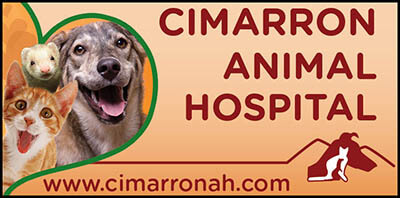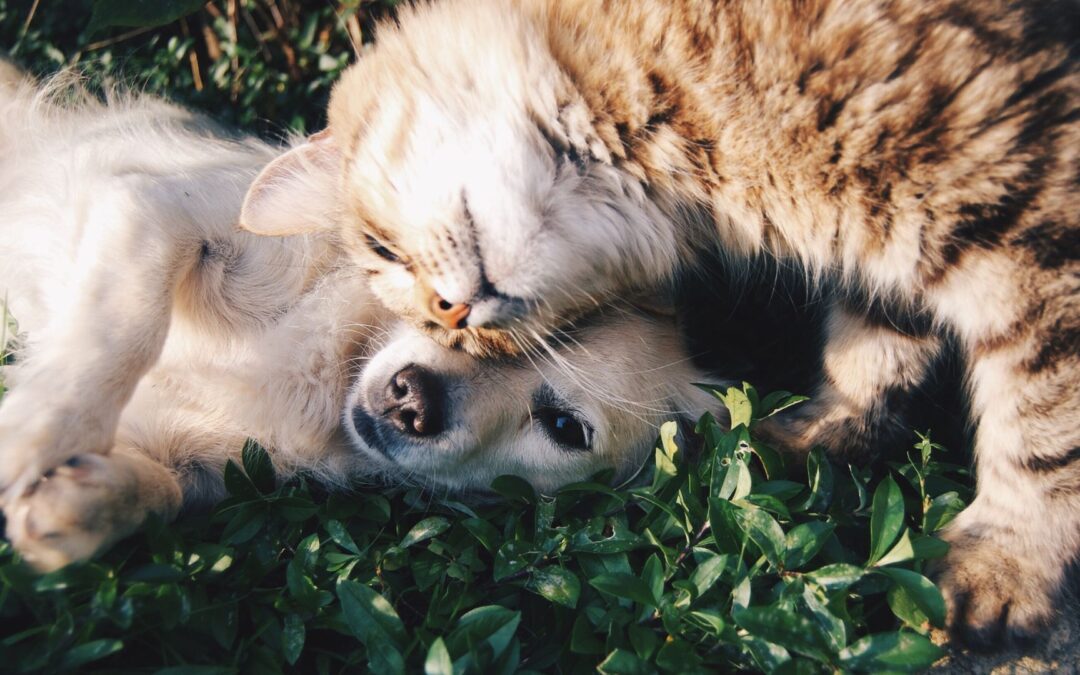<commentary>
One of the saddest things that we see in our veterinary clinic on a weekly basis is the old pet who hasn’t been brought in to the vet, usually in years, to be euthananized because it is “too sick” to be fixed any more. Many of these pets are emaciated, dehydrated, no longer walking, some have bed sores from laying on hard surfaces for most of the day and night or soiled by their own eliminations. The saddest cases are these– the ones that we know have been debilitated for a long time, yet their owners didn’t seek veterinary help.
Some of those owners couldn’t afford veterinary care. Some just thought they couldn’t, but never even called. Some of those owners were too busy with their human lives and didn’t notice until the pet finally collapsed, unable to move. Some owners just didn’t want to spend the money, feeling the pet wasn’t worth the investment because “she was already so old”. (Why invest a lot of money in a pet that is just going to die in a year or two of something else?) But, most of the people who come in to us in these situations either didn’t recognize the signs of illness (usually in the case of cats), or figured that their pet had something incurable and so what was the sense coming to the vet?
There are so many things that we can do to mprove the lives of senior pets today! Medical advances over the last decade have given us new understandings of the types of diseases of aging pets and their metabolic processes. We have cool new medications that help us give heart failure patients 2 or more years of good quality life! With modern prescription diets and nutritional supplements, we are able to give years to cats in renal failure– cats that 10 years ago would have been debilitated and needing euthanasia in 6 months!
Newer diagnostic modalities and advances in the old stand-bys are the key to letting us treat these diseases of old age by letting us identify them earlier on. Early detection is critical to successfully treating medical conditions of old age. All the best medication in the world can’t fix a sick pet past a certain point. And, sure, a lot of these diseases are incurable and progressive. But, we have a choice in whether we want to let the disease progress rapidly, “naturally”, shortening the pet’s life and diminishing her quality of life, or choosing to proactively protect the health that remains, slowing the progression of the disease and enhancing the pet’s quality of life to the end.
There is always an end. But, each pet parent has to decide how they will help their pet get there.
We encourage everyone with older pets to take the brave plunge. Take your older pet in to your vet at least once yearly (twice is really better as the aging body changes so rapidly). Let your vet collect blood and urine samples to screen for the common diseases of old age. If something is uncovered, talk to your vet about treatment options that fit within your budget and lifestyle.
Caring for a pet through his senior years is a responsibility and a promise that we all comit to when we adopt an animal. Your veterinarian and their staff understand that responsibility can be financially, phycially, or emotinally unmanageable for some pet owners. If that’s the case, that’s OK, too. Be honest with your veterinary staff about your abilities so they can help you give your pet the best quality life you can. And, be honest to your pet. When you can no longer help him have a good quality animal life- having fun, eating, able to get around to care for necessary functions– it’s time to let him go. Consider euthanasia before he is suffering.
After a lifetime of unconditional love, despite our forcing them to live within our human social constraints, in the artificial environments that we put them in (apartments, forced cohabitation with other animals they despise, eating on weird schedules, doing silly tricks) our pets desesrve that from us.


